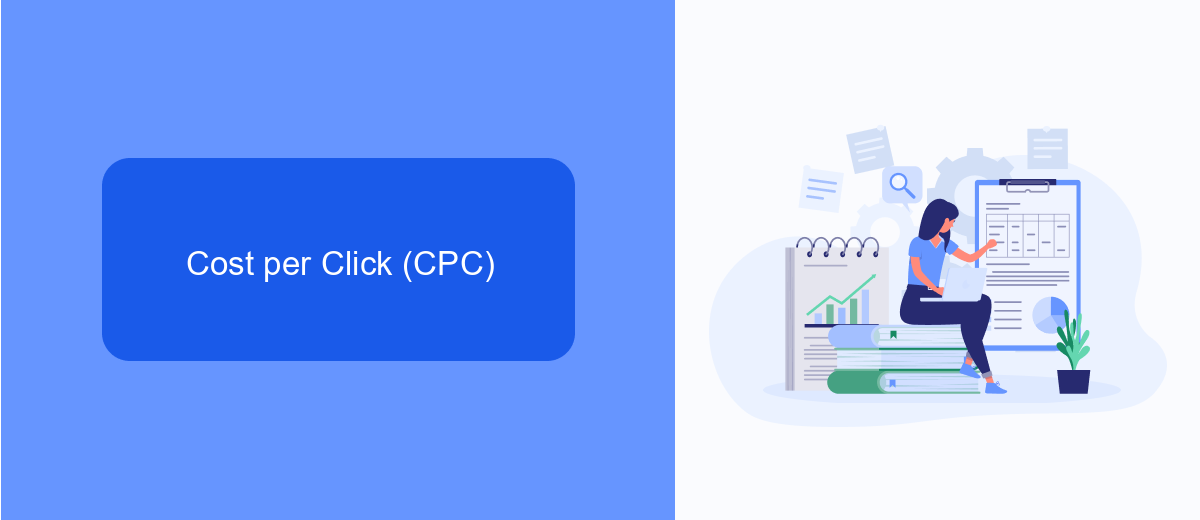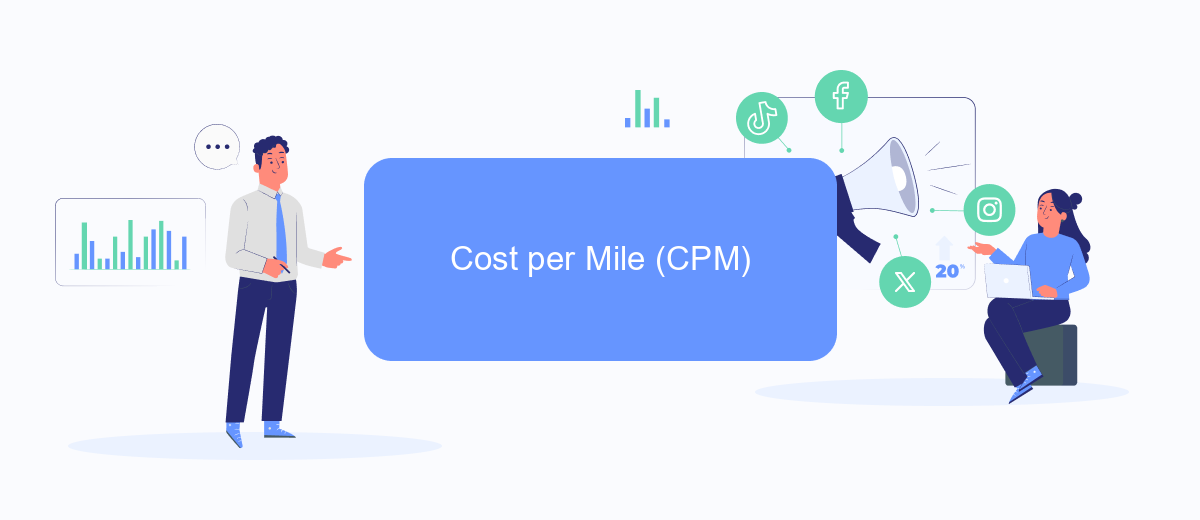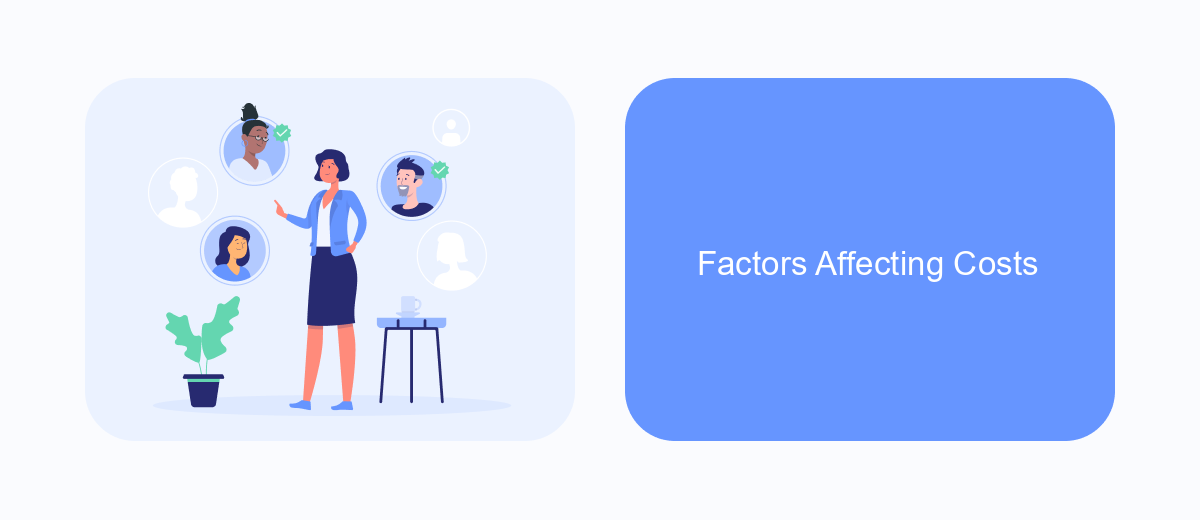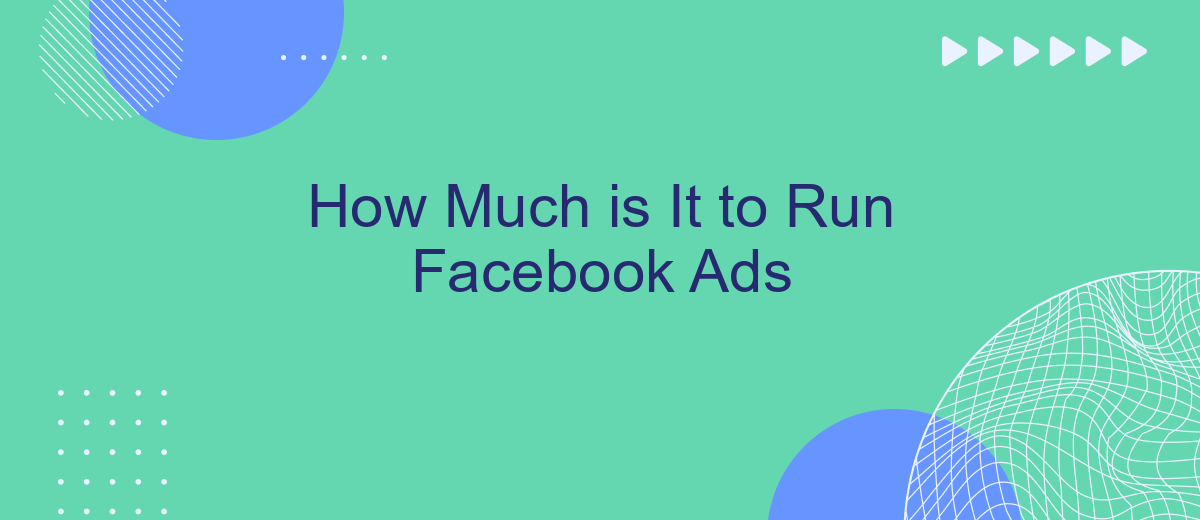Running Facebook ads can be a powerful tool for businesses looking to reach a broader audience and drive engagement. However, understanding the cost involved is crucial for budgeting and maximizing ROI. This article explores the various factors that influence the cost of Facebook ads, including targeting options, ad placements, and bidding strategies, to help you make informed decisions.
Facebook Ads Costs
Understanding the costs of running Facebook ads is crucial for businesses of all sizes. The pricing model is flexible and allows you to control your budget based on your advertising goals. Here are some factors that influence the cost of Facebook ads:
- Audience Targeting: The more specific your target audience, the higher the cost.
- Ad Placement: Costs vary depending on where your ad appears (e.g., news feed, stories).
- Ad Quality: High-quality ads tend to have lower costs due to better engagement rates.
- Bid Amount: The amount you are willing to pay per click or impression affects the total cost.
- Seasonality: Costs can fluctuate based on demand during different times of the year.
To manage your ad costs effectively, consider using services like SaveMyLeads. This platform helps automate lead generation and integration processes, ensuring that you get the most out of your advertising budget. By optimizing your ad strategy and leveraging automation tools, you can achieve better ROI and streamline your marketing efforts.
Cost per Click (CPC)

Cost per Click (CPC) is a metric that indicates how much you pay each time someone clicks on your Facebook ad. The average CPC can vary based on factors such as your target audience, industry, and ad quality. Typically, CPC for Facebook ads ranges from #sml_subkey-1-section-html#.50 to .00, but it can be higher for more competitive industries.
To optimize your CPC, it's essential to focus on creating high-quality, relevant ads that resonate with your audience. Utilizing services like SaveMyLeads can help streamline your ad campaigns by automating the integration of leads from Facebook ads into your CRM or email marketing tools. This allows you to quickly follow up with potential customers and improve your overall ad performance, potentially lowering your CPC over time.
Cost per Mile (CPM)

Cost per Mile (CPM) is a common metric used in Facebook advertising to measure the cost of 1,000 ad impressions. This metric helps advertisers understand the efficiency of their ad spend and optimize their campaigns for better performance. CPM can vary based on several factors, including target audience, ad placement, and competition.
- Target Audience: Different demographics and interests can have varying CPM rates. For example, targeting a highly competitive audience like young adults interested in fashion may result in higher CPMs.
- Ad Placement: The placement of your ads, whether in the news feed, stories, or sidebars, can influence the CPM. Generally, prime placements such as news feeds tend to have higher CPMs.
- Competition: The level of competition for ad space in your chosen niche can drive up CPM. More competition typically means higher costs.
To manage and optimize your CPM effectively, consider using integration services like SaveMyLeads. This platform helps automate the transfer of leads from Facebook Ads to your CRM or email marketing tools, ensuring you make the most out of your advertising budget. By streamlining these processes, you can focus on refining your ad strategies and improving your CPM over time.
Factors Affecting Costs

The cost of running Facebook ads can vary significantly depending on several factors. Understanding these factors can help you optimize your ad spend and achieve better results.
One of the primary factors influencing the cost is the target audience. Narrowing down your audience to a specific demographic or interest group can increase costs due to higher competition. Additionally, the relevance of your ad content and the quality of your creatives play crucial roles in determining costs.
- Target Audience: Specific demographics and interests can increase competition and costs.
- Ad Relevance: High-quality, engaging ads are rewarded with lower costs.
- Bidding Strategy: Your chosen bidding strategy can impact how much you pay per click or impression.
- Ad Placement: Costs can vary depending on whether your ads appear on Facebook, Instagram, or the Audience Network.
- Campaign Objective: Different objectives, like brand awareness or conversions, can have varying costs.
For businesses looking to streamline their ad management and integration processes, using services like SaveMyLeads can be beneficial. SaveMyLeads helps automate lead data transfer from Facebook Ads to various CRM systems, ensuring that you make the most out of your advertising budget.
Calculating Facebook Ad Spend
Calculating your Facebook ad spend involves several factors, including your campaign objectives, target audience, and the duration of your ads. Start by defining your goals, such as increasing brand awareness, generating leads, or driving sales. Your budget can be set on a daily or lifetime basis, and Facebook will optimize your ad delivery to maximize results within your specified budget. It's crucial to monitor your ad performance regularly and make adjustments to ensure you're getting the best return on investment.
For businesses looking to streamline their ad management and integrate Facebook ads with other platforms, services like SaveMyLeads can be invaluable. SaveMyLeads automates lead data transfer from Facebook Ads to various CRM systems, email marketing tools, and other applications, saving time and reducing manual errors. By leveraging such integrations, you can focus more on optimizing your ad strategies and less on administrative tasks, ultimately improving your ad spend efficiency.
FAQ
How much does it cost to run Facebook ads?
What factors influence the cost of Facebook ads?
How can I optimize my Facebook ad budget?
Is there a minimum budget required for Facebook ads?
Can automation tools help manage Facebook ad campaigns?
Use the SaveMyLeads service to improve the speed and quality of your Facebook lead processing. You do not need to regularly check the advertising account and download the CSV file. Get leads quickly and in a convenient format. Using the SML online connector, you can set up automatic transfer of leads from Facebook to various services: CRM systems, instant messengers, task managers, email services, etc. Automate the data transfer process, save time and improve customer service.
